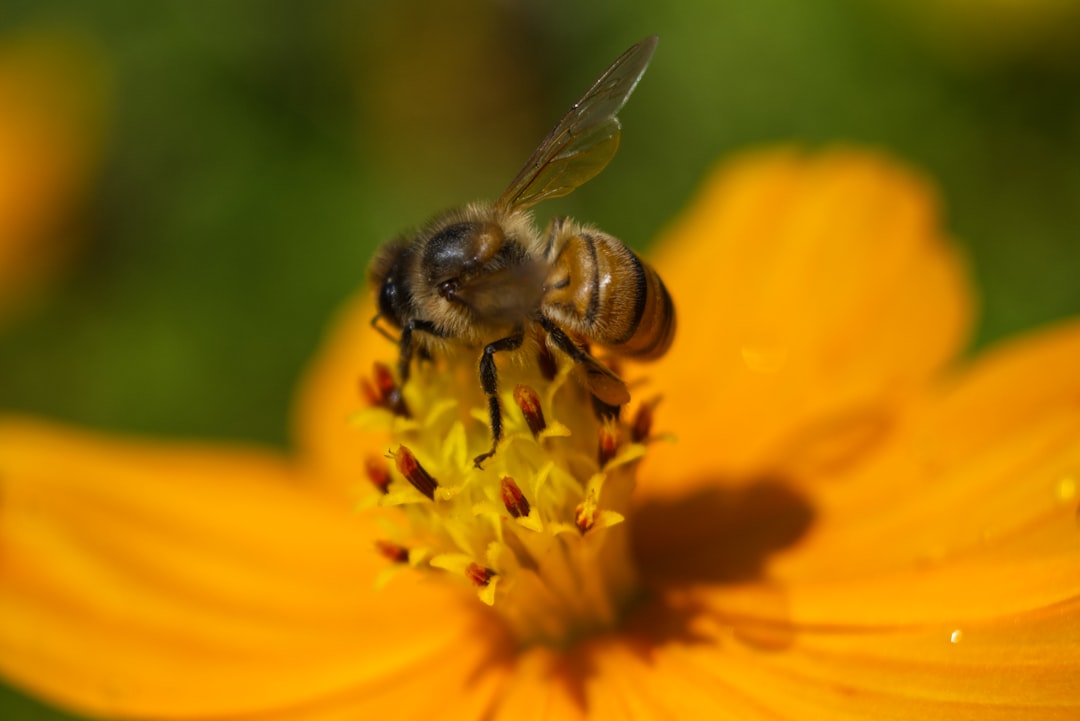- 11 Historic Wildfires That Changed Fire Management Data Reveals - October 4, 2025
- The 1883 Krakatoa Event And Its Global Weather Effects Records Show - October 2, 2025
- How Scientists Use Climate Models To Forecast The Future - October 2, 2025
The Invisible Workforce Behind Our Food Supply
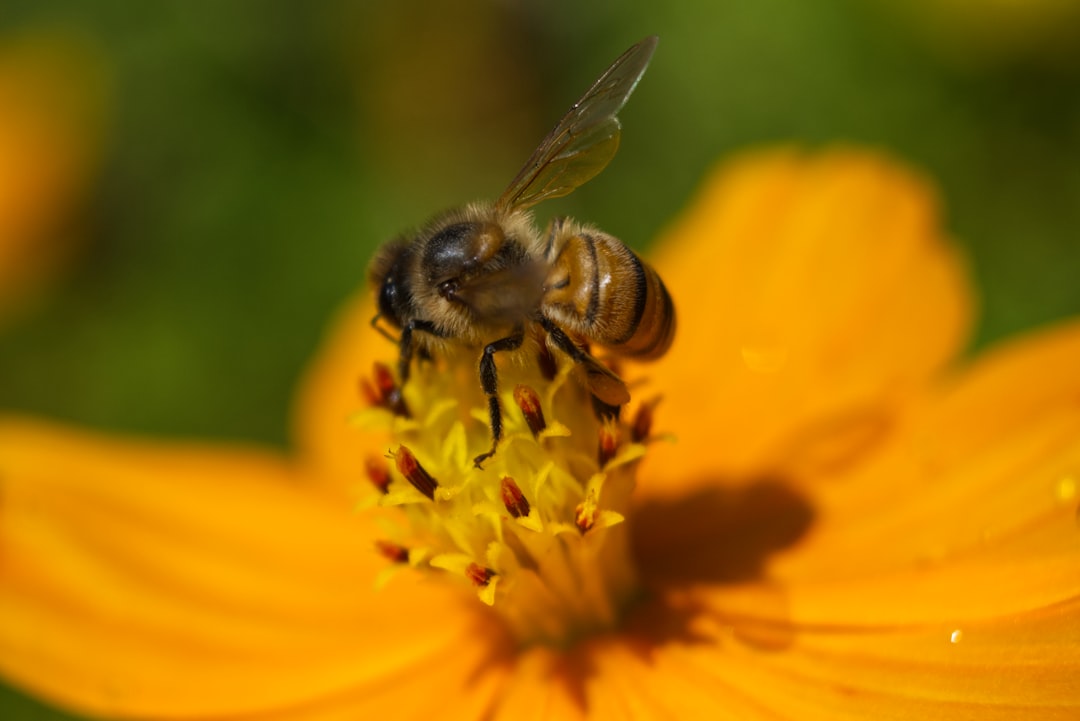
Every morning when you spread honey on your toast or bite into a crisp apple, you’re experiencing the handiwork of millions of tiny workers who never clock out. These aren’t human laborers in factories – they’re the pollinators that make much of our food possible. Three-quarters of our crops depend on pollinators to some extent, though only one-third of global crop production does, since many staple crops like cereals don’t rely on them at all. It’s a startling realization that such small creatures hold such enormous power over our dinner plates.
The scope of pollinator influence extends far beyond what most people imagine. Pollinators affect 35 percent of the world’s food crop production, increasing the output of 87 of the leading crops worldwide. More than 200,000 animal species are pollinators, the vast majority of which are wild, including butterflies, birds, bats and more than 20,000 bee species.
The Economic Powerhouse You Never Knew Existed
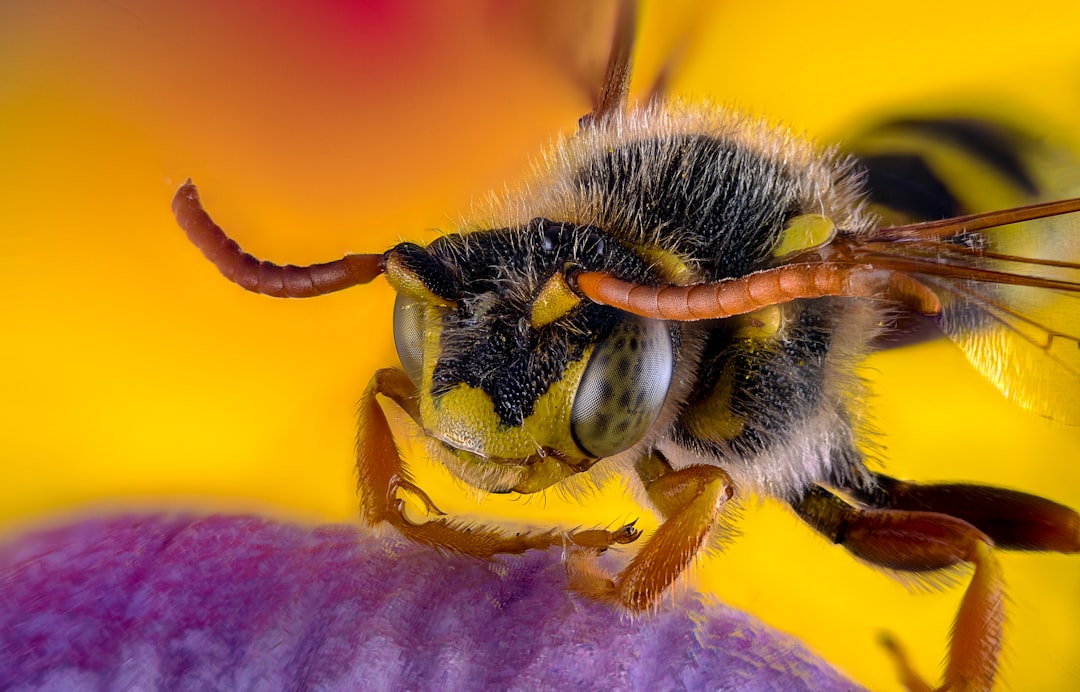
Between $235 and $577 billion (U.S.) worth of annual global food production relies on their contribution. To put that in perspective, if pollinators were a corporation, they’d easily crack the Fortune 500 list. Pollinators contribute $34 billion annually to the U.S. alone, which exceeds the annual revenue of major companies like Trader Joe’s and Fidelity Investments combined.
The numbers become even more impressive when you dig deeper. The nationwide annual production value of wild pollinators to seven crops studied was estimated at over $1.5 billion, though the value of wild bee pollination of all pollinator-dependent crops would be much greater. The economic value of honey bees on yield across these crops is about USD 6.4 billion. These tiny creatures punch far above their weight economically.
Crisis Mode – The Great Pollinator Collapse of 2024-2025
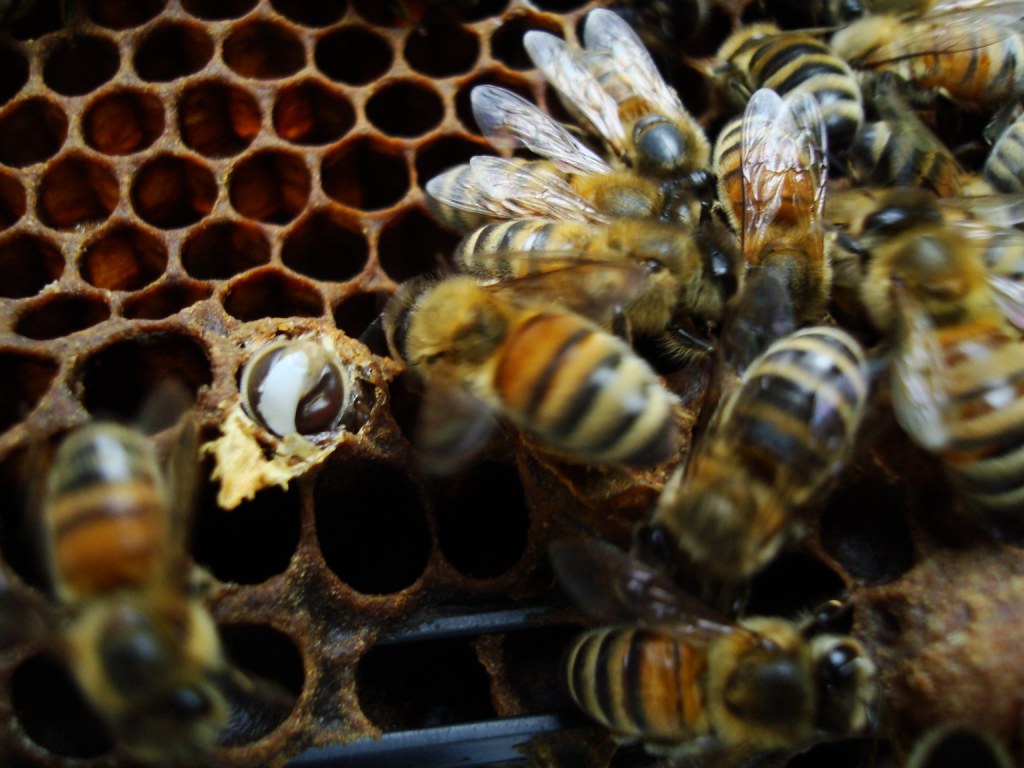
The year 2025 has brought devastating news for the pollinator world. Between June 2024 and February 2025, commercial beekeepers reported an average loss of 62% of their colonies, amounting to over 1.1 million hives lost nationwide. About 1.7 million honey bee colonies — nearly 60% of all such hives in the country — were lost between June 2024 and March 2025. This isn’t just a statistical hiccup; it’s a full-blown agricultural emergency.
What makes this crisis particularly alarming is its scope and severity. Washington State University entomologists announced that commercial honey bee colony losses are projected to reach between 60% and 70% in 2025. Local beekeeper Dawn Beck, who has master beekeeper certificates from the University of Montana and Cornell University, describes this as “a colony collapse disorder like we haven’t seen since the early 1990s.”
From Almonds to Apples – The Crops That Depend on Pollinators

Some crops would literally disappear from our grocery stores without pollinators. Almonds, for example, are almost entirely dependent upon honey bee pollination, and without honey bees, the harvest of blueberries, squash, watermelon, and other fruits would be greatly reduced, driving up prices and disrupting the marketplace. California’s almond industry alone requires the pollination services of approximately 1.4 million beehives annually—60% of all U.S. colonies.
Crops that depend on honey bees and other pollinators to grow include fruits and vegetables like apples, strawberries, cucumbers and avocados, but also nuts, such as almonds and macadamia nuts. Other affected plants include coffee, cocoa and vanilla. The diversity of pollinator-dependent crops means that losing them would dramatically alter not just our agricultural landscape, but our entire food culture.
The Hidden Heroes – Wild Pollinators vs. Managed Bees
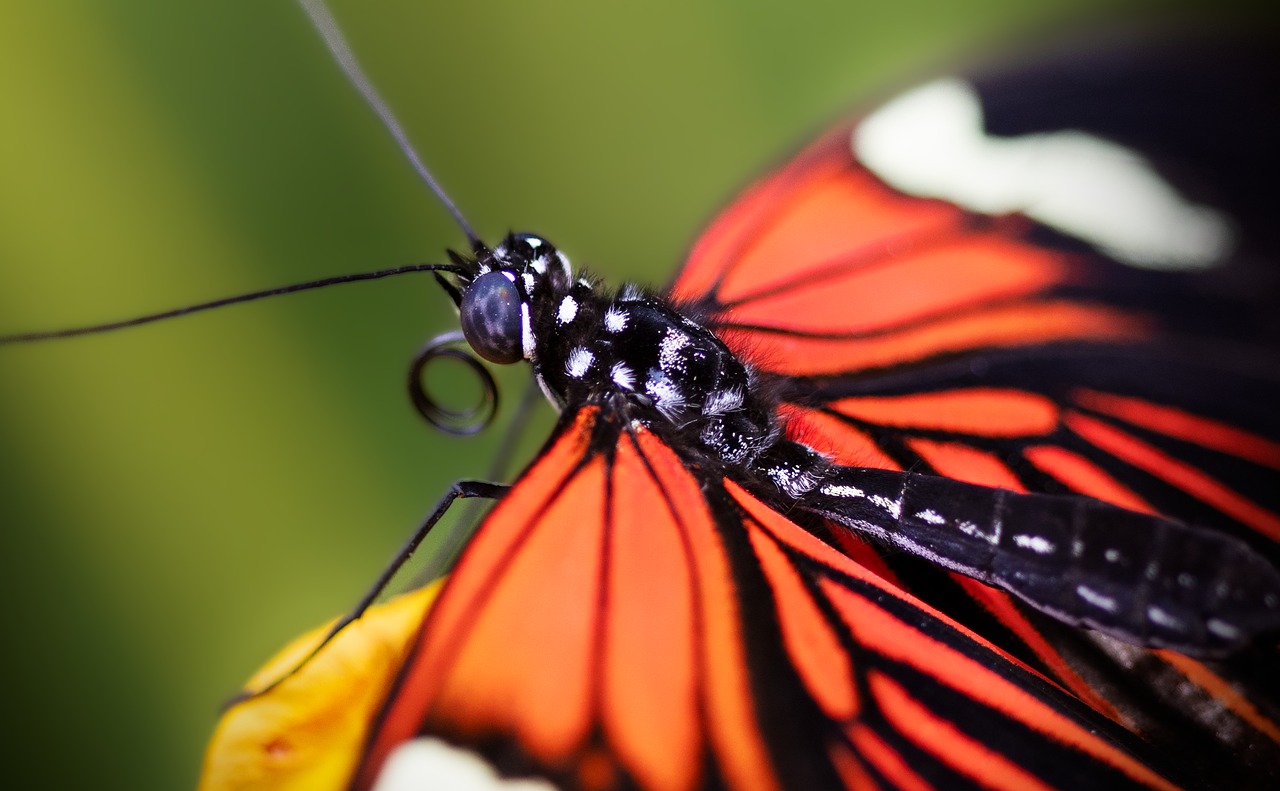
While honeybees get most of the attention, wild pollinators are equally crucial workhorses. Wild bees and honeybees provided comparable amounts of pollination for most crops, even in agriculturally intensive regions. While more than 3,500 species of native bees help increase crop yields, pollinators include many more species than just bees.
There are approximately 4,000 species of native wild bees in the United States that contribute to agricultural pollination. The southeastern blueberry bee can visit as many as 50,000 blueberry flowers in their short life and pollinate enough plants to produce more than 6,000 ripe blueberries, worth approximately $20 at market. These native specialists often outperform their managed counterparts in specific crops.
Quality Over Quantity – How Pollinators Improve Our Food
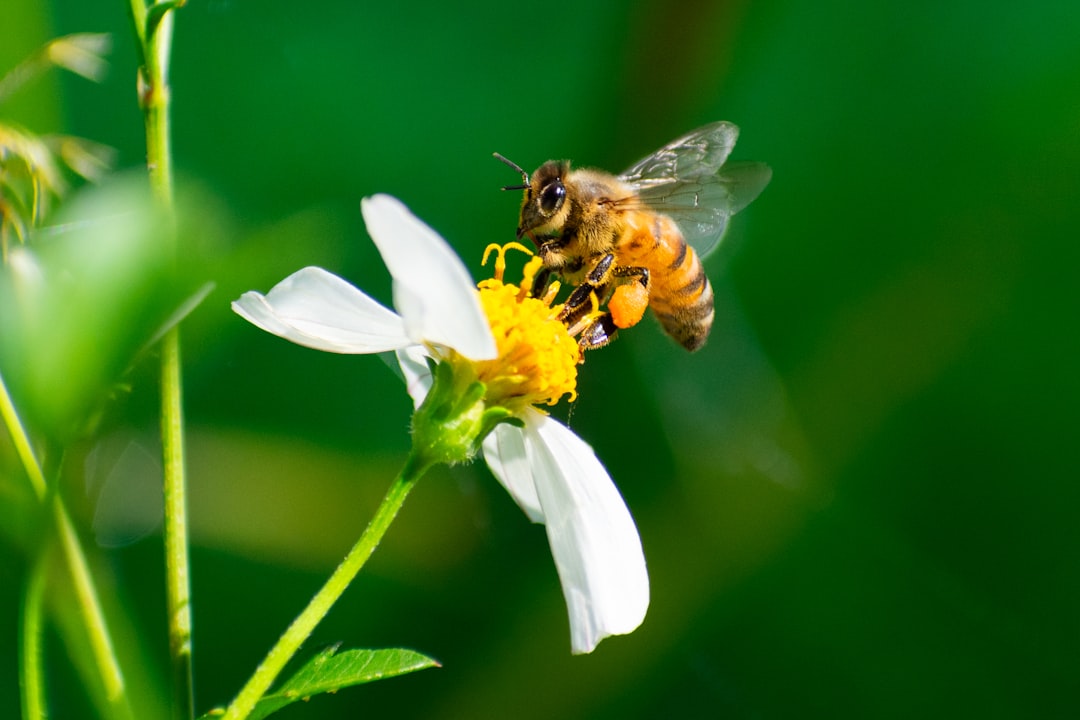
Pollinators don’t just help plants reproduce; they actively improve the quality of our food. Research shows that when bees pollinate apple trees more of the tree’s flowers become apples, and in the case of watermelon, wildlife pollination increases the number of melons and the weight of each melon per plot. On cherry orchards, the weight of an individual cherry can increase by 2.8 percent when pollinated by bees.
Without pollinating services, farmers might get half a ton of raspberries per acre instead of 6 or 7 tons, and when you invest as much as farmers do in that area, you need good production. The difference between adequate pollination and excellent pollination can mean the difference between profit and loss for many agricultural operations.
The Global Food Security Connection
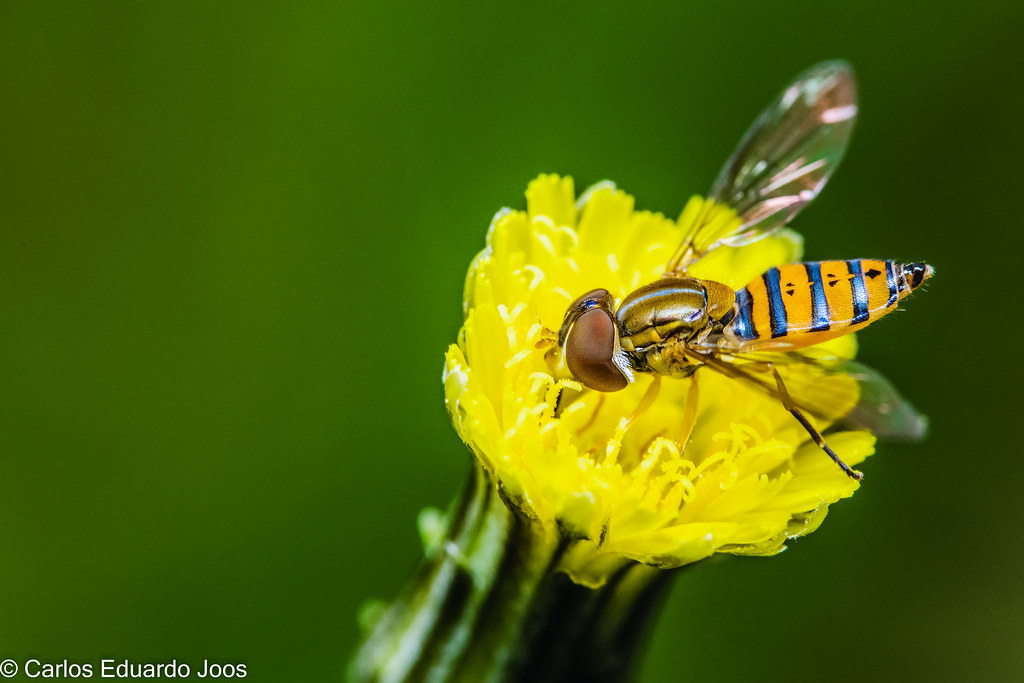
Pollination is essential for agrifood systems, supporting the production of more than 75 percent of the world’s crops, including fruits, vegetables, nuts and seeds. In addition to increasing crop yields, pollinators improve food quality and diversity. This isn’t just about having enough food; it’s about having nutritious, diverse diets that keep populations healthy.
Studies suggest crop production would decline by around 5% in higher income countries, and 8% at low-to-middle incomes if pollinator insects vanished. While these percentages might seem manageable, they represent millions of tons of food that would simply disappear from the global supply chain, with the poorest populations bearing the greatest burden.
Climate Change and the Pollinator Perfect Storm
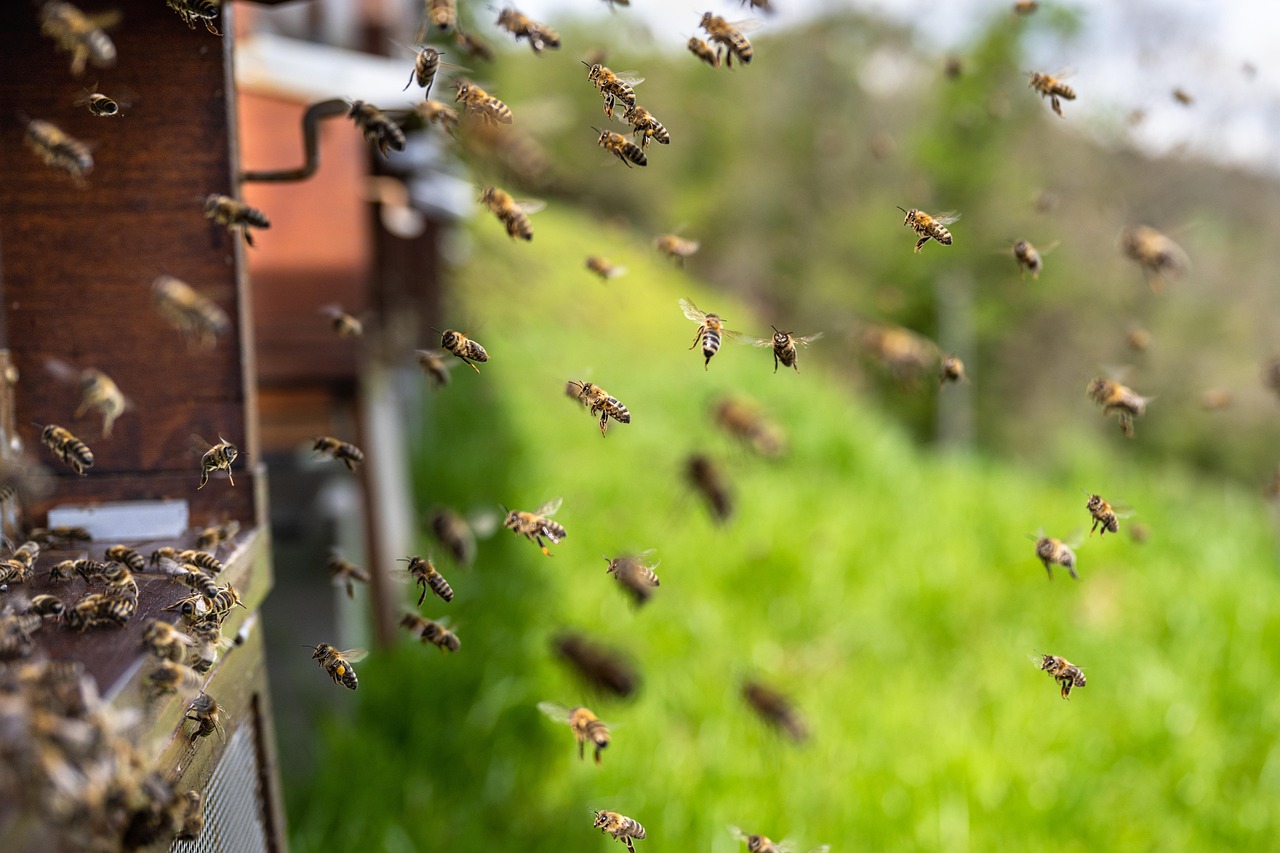
Climate change is creating unprecedented challenges for pollinators. Using climate and bee population models, researchers found that increasingly long autumns with good flying weather for bees raises the likelihood of colony collapse in the spring, and honey bee colonies that spend the winter outside in many areas of the Pacific Northwest would likely experience spring colony collapses in both near- and long-term scenarios.
For honey bee colonies in many places, staying outside in the winter would mean the spring hive population would plummet to fewer than 9,000 adults by 2050 and less than 5,000 by the end of the century. Simulations show that even if there is no nutritional stress, no pathogens, no pesticides — just the conditions in fall and winter are enough to compromise the age structure of a colony.
The Varroa Mite – Public Enemy Number One

Among all the threats facing pollinators, one stands out as particularly devastating. What’s killing bees these days continues to be the varroa mite, which is a vector of other diseases and first came to the United States in 1987, bringing with it many other infections of bees, bacterial infections, viral infections. The mite gets into the hive cells when bees are just larva, and when the larva mature, the mite goes with them, bringing disease to the colony and spreading.
Unfortunately, the varroa mite has built up resistances to treatments. Beekeeper John Ballis lost about 70% of his hives this past season and has seen firsthand the effect the parasite has on a bee colony. This tiny parasite has become one of the most significant threats to global food security that most people have never heard of.
Innovative Solutions and Future Technologies
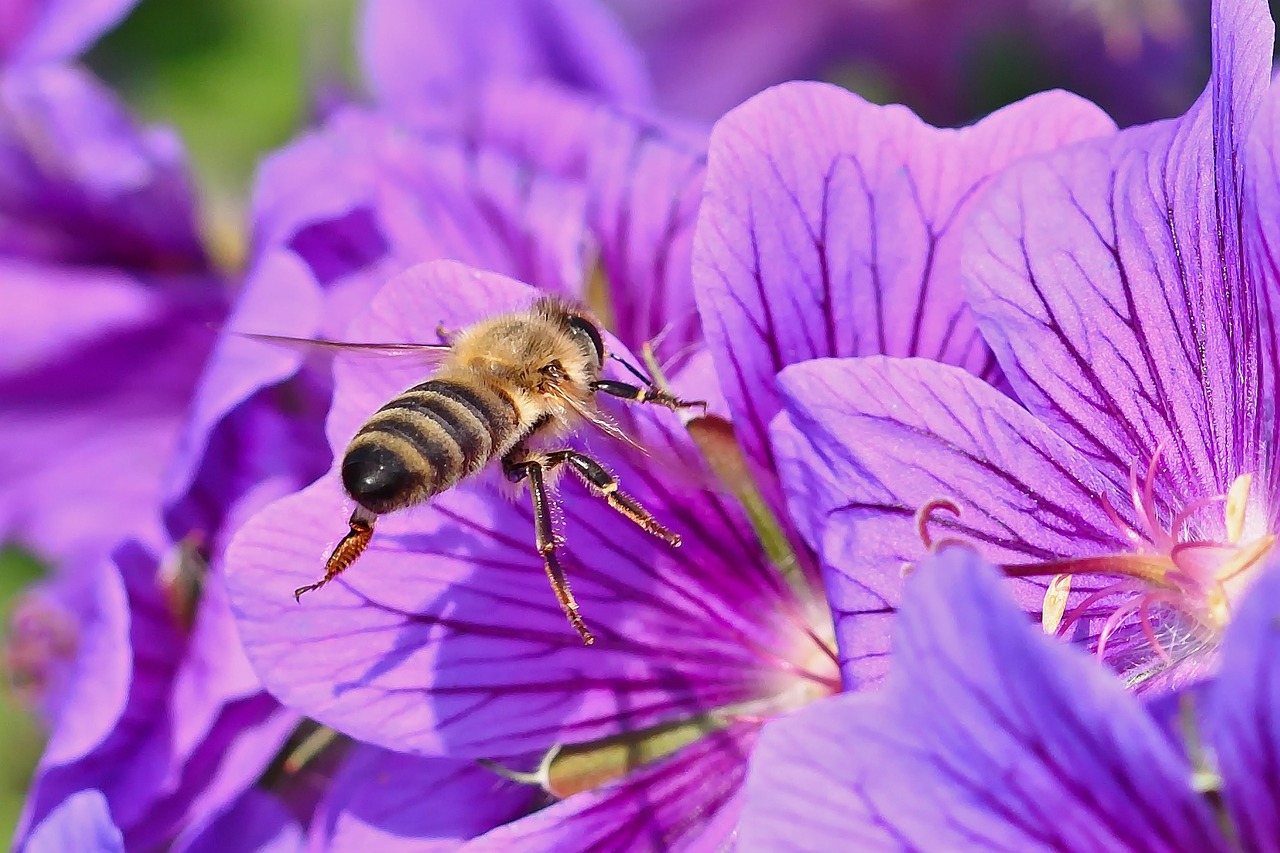
Scientists aren’t standing idle in the face of this crisis. Researchers at Washington State University, in collaboration with Belgian company Apix Biosciences, have developed an artificial “power” pollen that contains essential nutrients, including isofucosterol, and has shown promise in improving colony health in trials. Meanwhile, comprehensive analyses are underway to identify the primary causes of the die-offs.
University of Massachusetts discovered that exposure to pollen from sunflowers and a wide range of sunflower relatives helps reduce pathogen infection in bumble bees. Scientists are exploring ways to harness natural plant defenses, such as emitting chemicals that slow insect feeding, inhibit infections, call beneficial insects to their aid or warn other plants. These research efforts represent hope in an increasingly desperate situation.
What Happens When the Workers Don’t Show Up
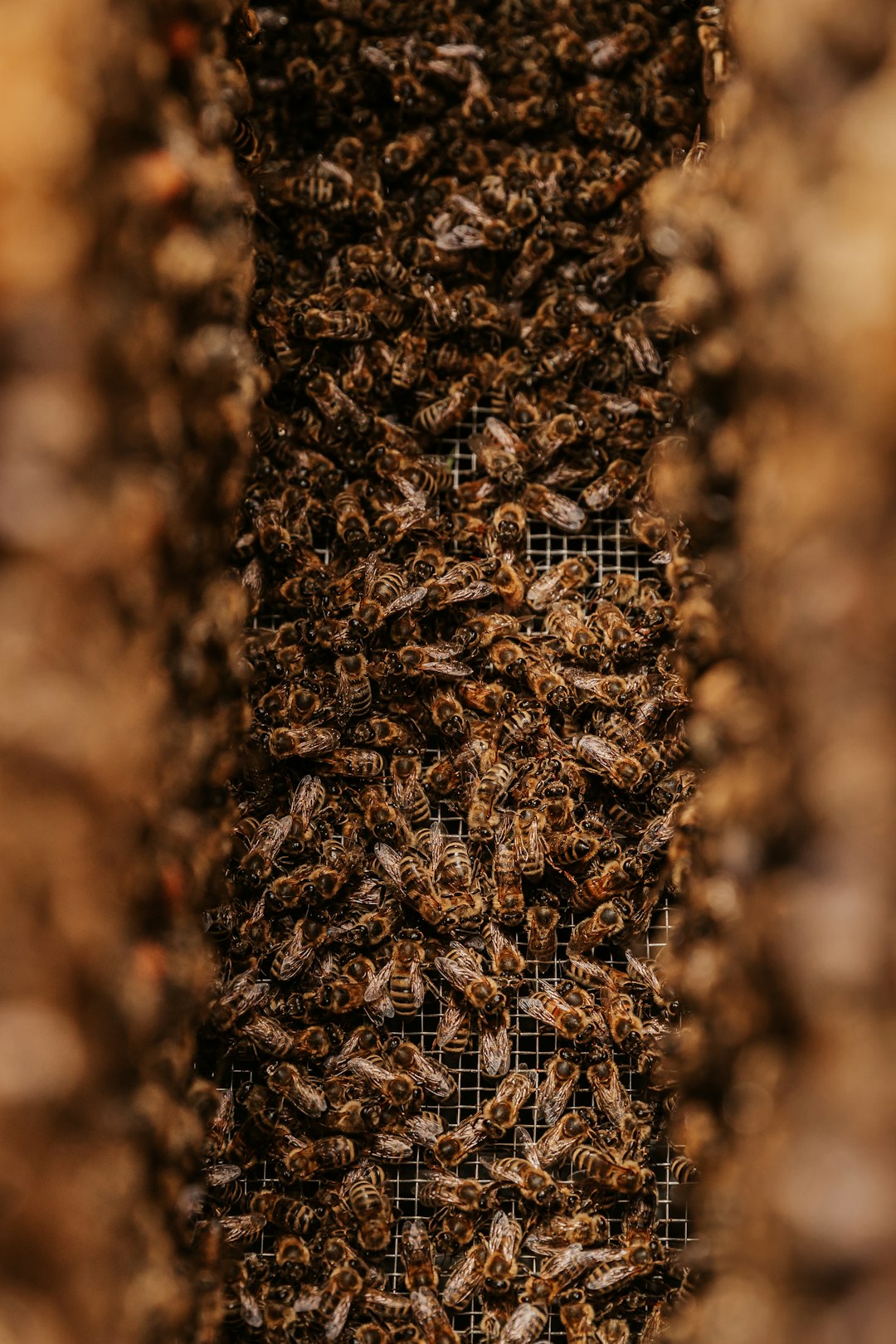
The current crisis is already having immediate economic impacts. Anything with live bees in a box is in demand because the industry is short on supply, something that hasn’t been heard of since the early days of colony collapse around 2008. Professor Brandon Hopkins warns that this level of national loss could mean increased bankruptcies amongst beekeepers.
Up to 1.1 million hives may have failed, leaving a 500,000-colony shortfall for the 2025 pollination season. Even if the die-off phenomenon turns out to be limited to this year, it will take two to three years for beekeepers to recover from this year’s losses. This recovery timeline means the impacts will ripple through agriculture for years to come.
Beyond Bees – The Diversity of Pollination Services
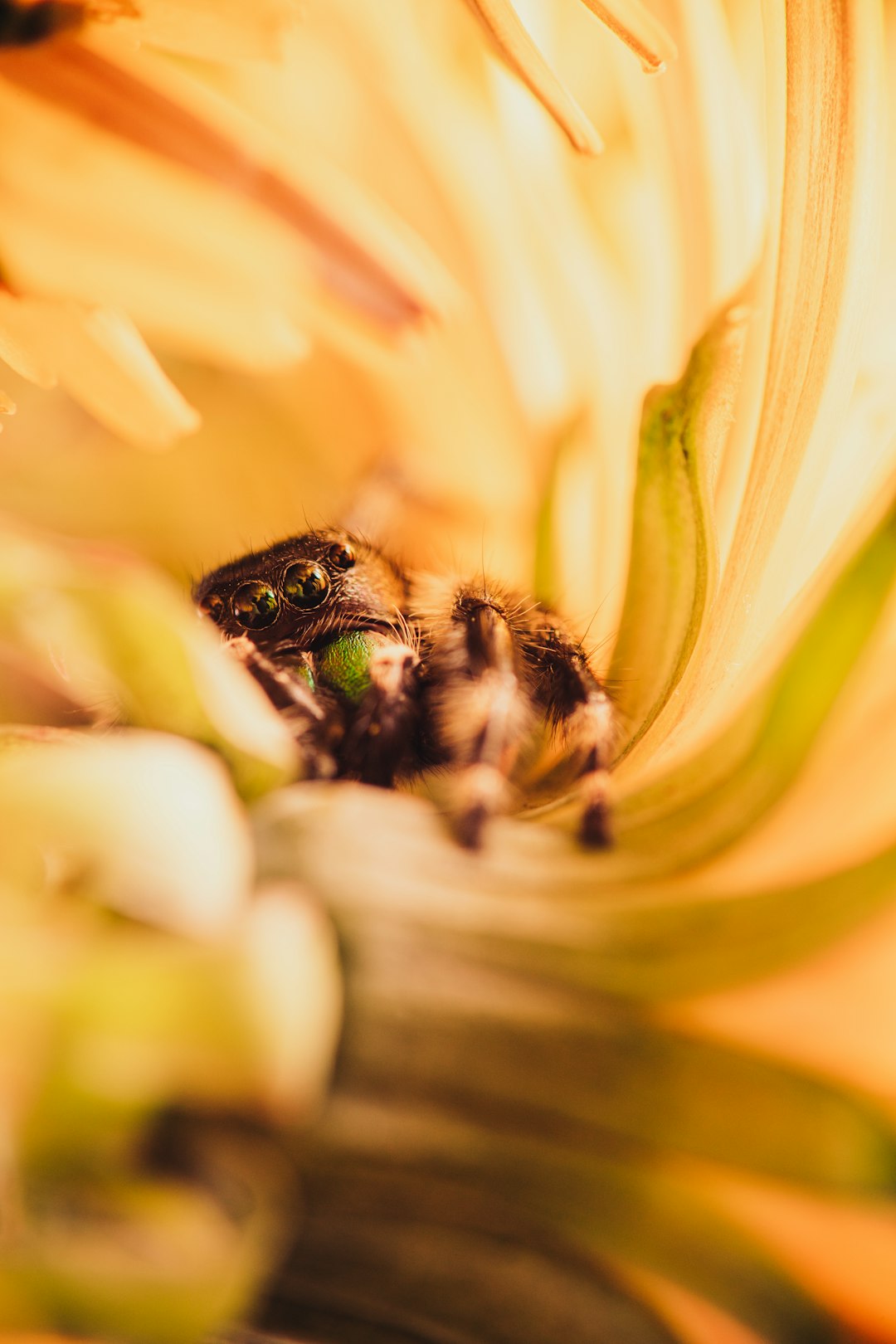
Flowers can be pollinated by both insects and animals – such as bees, wasps, moths, flies, butterflies, birds and even small mammals such as bats. Cacao farms in Africa, Australia, and South America rely on a fly the size of a pinhead to crawl into the tiny flowers of a cacao plant, and the chocolate industry, valued at over 100 billion dollars, depends on pollinating flies like the little midge.
This diversity creates both resilience and vulnerability in our food systems. While having multiple pollinator species provides backup when one species struggles, the specialized relationships between certain crops and specific pollinators mean that losing key species can have outsized impacts on particular foods we take for granted.
The Path Forward – Conservation and Hope
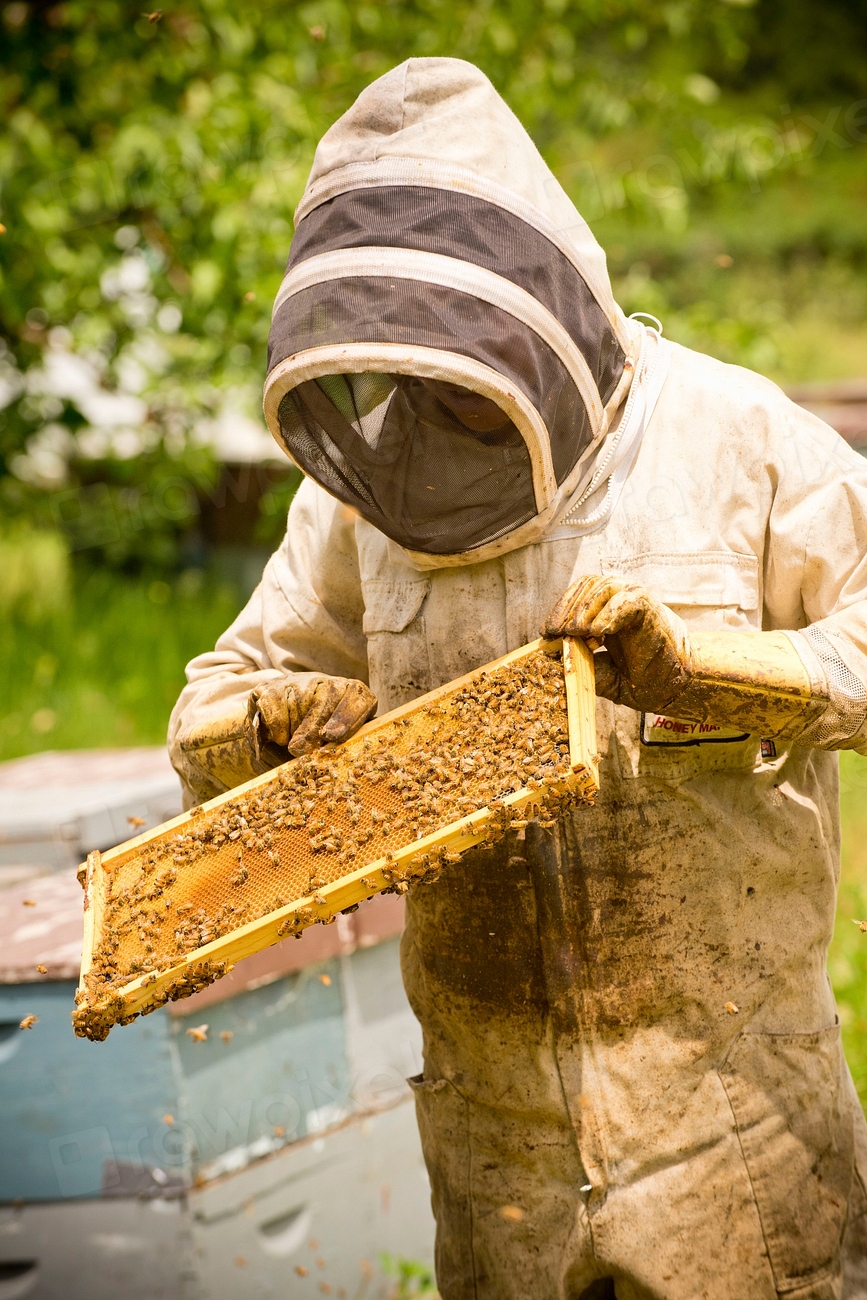
Nature-friendly agricultural practices like agroecology, intercropping, agroforestry, and integrated pest management help sustain pollinators, ensuring stable crop yields and reducing food shortages and environmental impacts, while deliberate pollinator protection efforts ultimately foster the conservation of other components of biodiversity.
Studies show that fields with adjacent pollinator habitats experience higher crop yields due to the presence of abundant pollinators, and improved pollination also enhances the quality of produce, resulting in larger, better-formed fruits and vegetables that command higher prices in the market. The adoption of practices that conserve or augment wild bees, such as wildflower enhancements, is likely to be successful for increasing yields, with the high value of over $1.5 billion for wild bees alone underscoring the importance of their conservation and the economic benefits that investment in conservation strategies could bring.
The relationship between pollinators and our food supply represents one of nature’s most essential partnerships. As we face unprecedented challenges to pollinator populations, the stakes couldn’t be higher. The tiny creatures we often take for granted are literally the foundation of our food security, and protecting them isn’t just an environmental issue – it’s an economic and survival imperative. Will we act fast enough to save the workers who feed us all?

